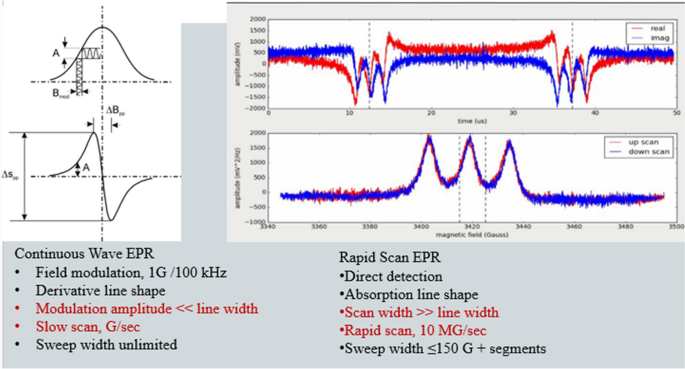

We reveal the full potential of this probehead by demonstrating such SNR improvements using a suite of typical hyperfine and dipolar spectroscopy experiments on exemplary samples. By further suppressing room-temperature noise at the expense of reduced microwave power (and thus minimum π-pulse length), the factor of SNR improvement approaches 15 at 6 K, corresponding to an impressive 200-fold reduction in EPR measurement time. The probehead demonstrates a voltage signal-to-noise ratio (SNR) enhancement by a factor close to 8× at a temperature of 6 K, and remains close to 2× at room temperature.

University of Oklahoma NMR Facility User Manual (pdf). Our approach allows standard pulsed and continuous-wave EPR experiments to be performed at X-band frequency with significantly increased sensitivity compared to the unmodified setup. Our facility houses three Varian NMR Spectrometers and a Bruker EPR. Applications, in the form of four PDF files (one-page summary of the thesis, the full thesis, supervisor support letter, examiner support letter) should be uploaded using the online application system. Our setup suppresses source noise, can handle the high microwave powers typical in X-band pulsed EPR, and is compatible with the convenient resonator coupling and sample access found on commercially available spectrometers. The application deadline for the 2022 Bruker Thesis Prize is 12:00 UK time on 01 December 2021. SAO PAULO, (BUSINESS WIRE) - Brukers new South America headquarters in Atibaia, near Sao Paulo, Brazil, announced today a new framework agreement for up to one million U.S. Inspired by the considerable success of cryogenically cooled NMR cryoprobes, we present an upgraded X-band EPR probehead, equipped with a cryogenic low-noise preamplifier.


 0 kommentar(er)
0 kommentar(er)
